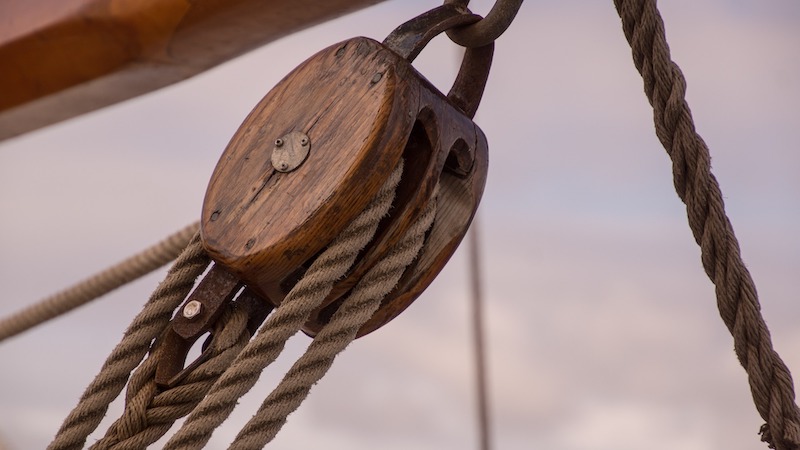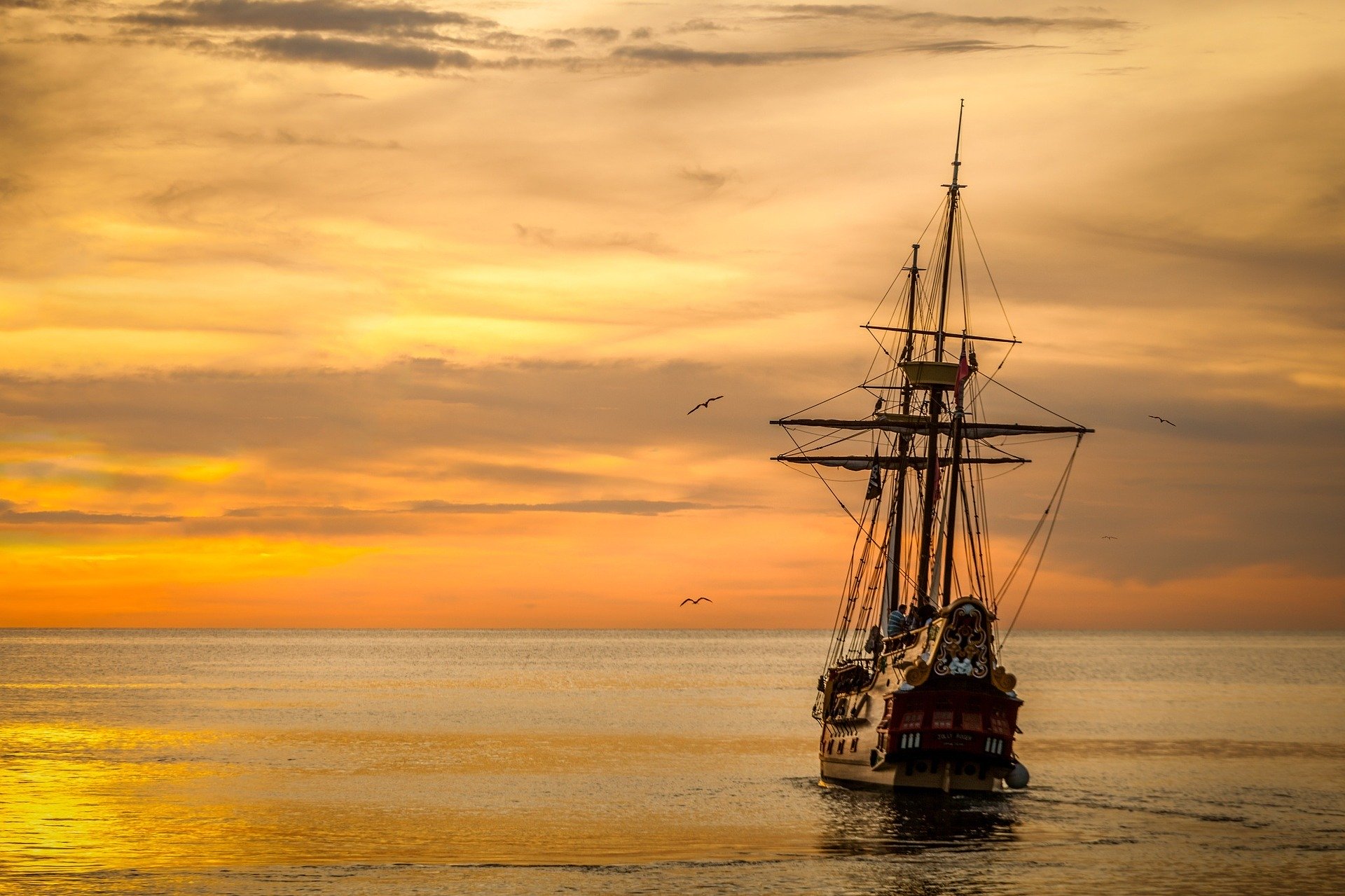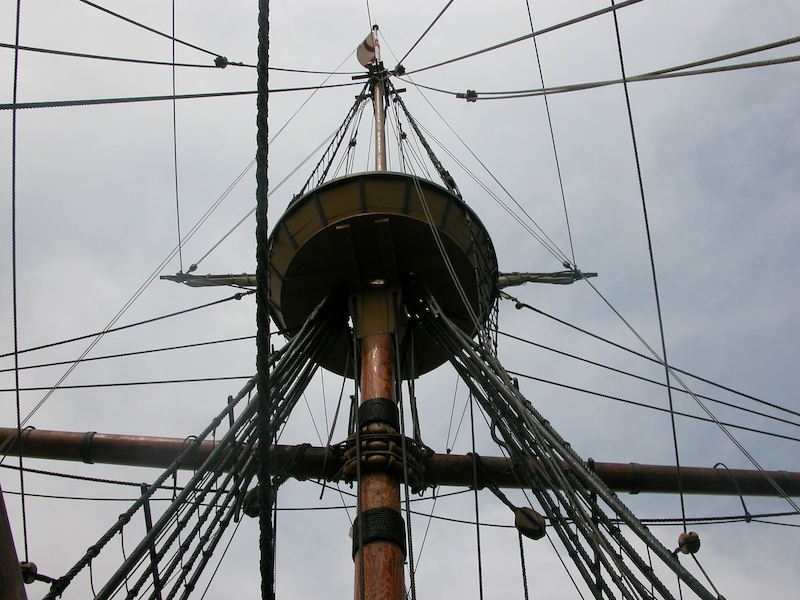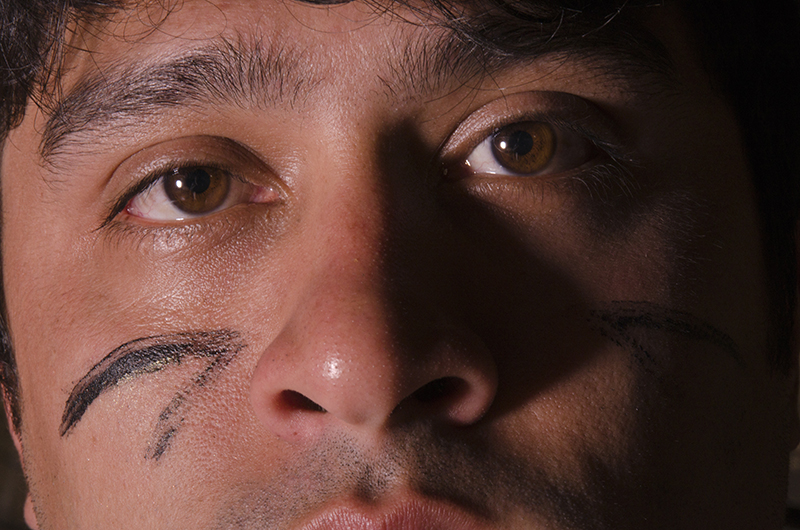

- Contact Us
- Search
-
Mayflower400 partner destinations:
What happened after the Mayflower landed in America?
After more than two months battling everything the Atlantic had to throw at them, the passengers and crew of the Mayflower must have been desperate to eventually set foot on dry land.
Many of the 102 souls on board would have no doubt been suffering from crippling seasickness, after battling strong winds and monstrous waves during their 66-day voyage.
However, even after finally seeing America on the horizon in November 1620, their horrific ordeal was far from over.
What lay ahead were many months of trials and tribulations which would test their spirit and, ultimately, decimate their numbers as they lost family, friends and loved ones to disease and the elements.
Landing in America

As they approached land some 400 years ago, the crew spotted a piece of land that would become known as Cape Cod.
The group decided to head south, to the mouth of the Hudson River in New York, where they intended to make their plantation.
However, rough seas nearly shipwrecked the Mayflower and instead they decided to stay and explore Cape Cod rather than risk another journey south, setting up camp not too far from Plymouth Rock.
They anchored in what is now Provincetown Harbour. Shortly after, Susannah White gave birth to a son aboard the Mayflower, the first English child born in the colony. He was named Peregrine, derived from the Latin for ‘pilgrim’.
Making preparations to go ashore

The colonists knew they had no right to settle in this land they had unintentionally arrived upon and decided to draw up a document that gave them some attempt at legal standing.
Of the 50 men on board the Mayflower, only 41 were classed as “true” Pilgrims, religious separatists seeking freedom from the Church of England.
The others, meanwhile, were considered common folk and included merchants, craftsmen, indentured servants and orphaned children. They were referred to by the Pilgrims as “strangers”.
Since they were not landing somewhere considered within the jurisdiction of the Virginia Company, they had no charter to govern them.
They subsequently agreed on the Mayflower Compact – as it is known today – which was signed by the 41 “true” Pilgrims on 11 November, 1620.
This was an agreement to cooperate for the general good of the colony, who would deal with issues by voting, establish constitutional law and rule by the majority.
However, it was only those 41 men who would go ashore to explore their new surroundings.
What happened to the passengers left behind on the Mayflower?

While the men were searching for a place to settle, those who stayed on the Mayflower would have no doubt faced horrendous conditions.
Living conditions were cramped, there was no privacy and nearly everyone was seasick
The first winter was cold and the ship became home to the sick and dying, with many succumbing to a mixture of contagious diseases.
In total, 45 of those on board died that winter, with many probably buried in unmarked graves in the Coles Hill Burial Ground in Plymouth, Massachusetts.
One of them was Dorothy Bradford, the wife of first governor William Bradford, who accidentally drowned in the freezing waters of the Harbour after falling from the Mayflower.
Read more about Dorothy Bradford here.
No 'new worlds'

A group of several men departed the Mayflower to explore the region and seek out the best place to build their colony.
Watching on were a small group of Native Americans called the Wampanoag, for whom this area was already home for thousands of years.
Indeed, in the 1600s there were as many as 40,000 people in the 67 villages that made up the Wampanoag People, who firstly lived as a nomadic hunting and gathering culture.
The new arrivals from the Mayflower tried to follow them but got lost and stuck among some dense thickets. They decided to change course and came across cleared land where corn had been grown and abandoned houses.
They found buried corn, which they took back to the ship, intending to plant it and grow more corn, eventually returning what they had taken. They also found graves.
This village they had stumbled upon was once called Patuxet but had since been deserted following the outbreak of disease.
This was a legacy of what the Native American people had already experienced from European colonists in the 17th century.
The native inhabitants of the region around Plymouth Colony were the various groups of the Wampanoag people and other tribes, who had lived there for some 10,000 years before the Europeans arrived.
Without the help of the Wampanoag People, the Mayflower’s passengers and crew would all have been wiped out during the first harsh winter.
Discover more about Native America here.
Sign up for the latest Mayflower 400 news
You'll be the first to hear the latest Mayflower news, events, and more.
Log In
Register
Mayflower 400 Proudly Supported by our National Sponsors and Funding Partners






